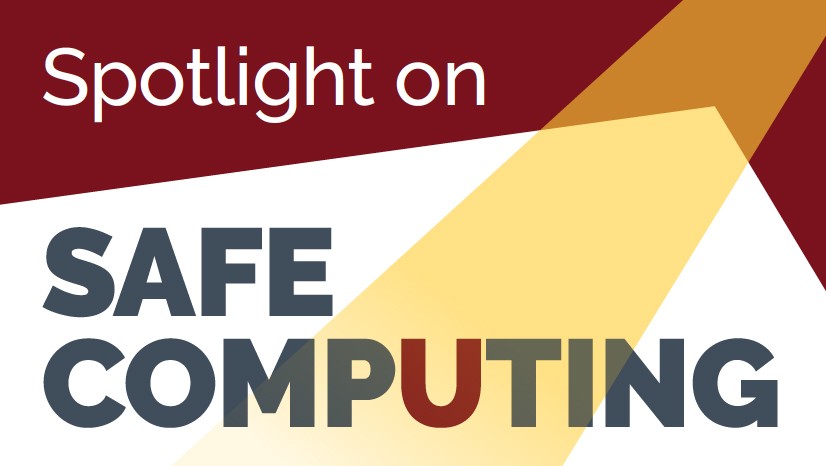
Keep what’s private, private

We all have those online friends who are always oversharing. They post about what they’re eating for dinner, what the doctor said, their score on the latest Buzzfeed quiz, when they’ll be out of town, and on and on and on. While posts like this sometimes are annoying, other times they are actually dangerous. Sharing too much online can lead to serious consequences like theft, both digitally or IRL.
An interesting assessment, as used by the security specialists at Educause, asks digital devotees to use the “Billboard Test” and ask themselves, “Would you be comfortable with everyone reading a message or post on a billboard?” If not, don't share it.
Your private information is like money… it is valuable, it is limited, and it is hard to get back once you give it away. You wouldn’t just give money away, would you? So why would you give away your personal information like your birthday, vacation details, or social security number? It’s critical to guard your privacy, not only to avoid embarrassment, but also to protect your identity and finances!
Here are a few suggestions to keep what’s private, private:
Set unique, strong passwords. Use a different password or passphrase for each account. To keep track of everything, set up a password manager like Lastpass, Password Safe, or Keepass to store your passwords. Learn how to craft a strong password: http://z.umn.edu/strongpassword
Check your security settings on all of your accounts. Do a digital drive-by: Check out your Google accounts, social media accounts, and email accounts, and always be cautious about what you post and if it is “public” or “private.” There are often varying shades of privacy until you manually review all of your settings.
Keep your work and personal accounts separate. Use an outside service for personal use. This also helps you ensure uninterrupted access to your private email and other services if you switch employers.
It’s not only just your job to protect YOUR information, although that is the best first step of digital safety. Security is everybody’s responsibility! In years past, it was easier to separate yourself from the internet. If you were logged on, you had to log off to use the phone, leave the computer, and could continue on with your day. Now, we’re online all day, every day, constantly connected to technology, the internet, and our networks. Additionally, University of Minnesota employees have a responsibility to help protect the data you work with or have access to. It is up to us to protect not only our personal information, but to help safeguard security in general in our digital age. Protecting your devices and keeping them secure also helps others around you.
Here’s a few easy ways to protect your information, your devices, and help make the Internet a safer space for all:
Protect your devices. Set up encryption, and a passcode or biometric security step. Learn more: Top 10 Protecting your Mobile Device
Use two-factor authentication (Like Duo!) to safeguard your accounts and info. Two-factor authentication combines something you know with something you have to ensure only you can access your data. Learn more: Duo Security
Stay up to date! Check out the University’s phishing blog for the latest scams and security threats that may be affecting the U of M: z.umn.edu/phishing
Report fishy (or “phishy”) emails, websites, and accounts to [email protected] to help keep our digital landscape clean.
Seek out training and participate in information security awareness best practices through the University of Minnesota.
More Resources
October is National Cyber Security Awareness Month!
Check out these resources and the University of Minnesota’s security suggestions at z.umn.edu/security!